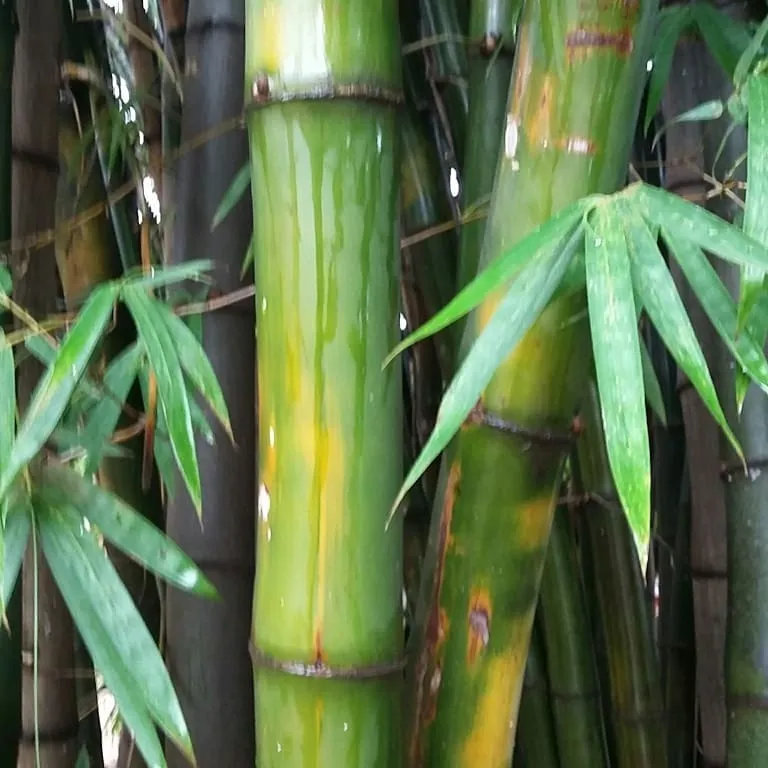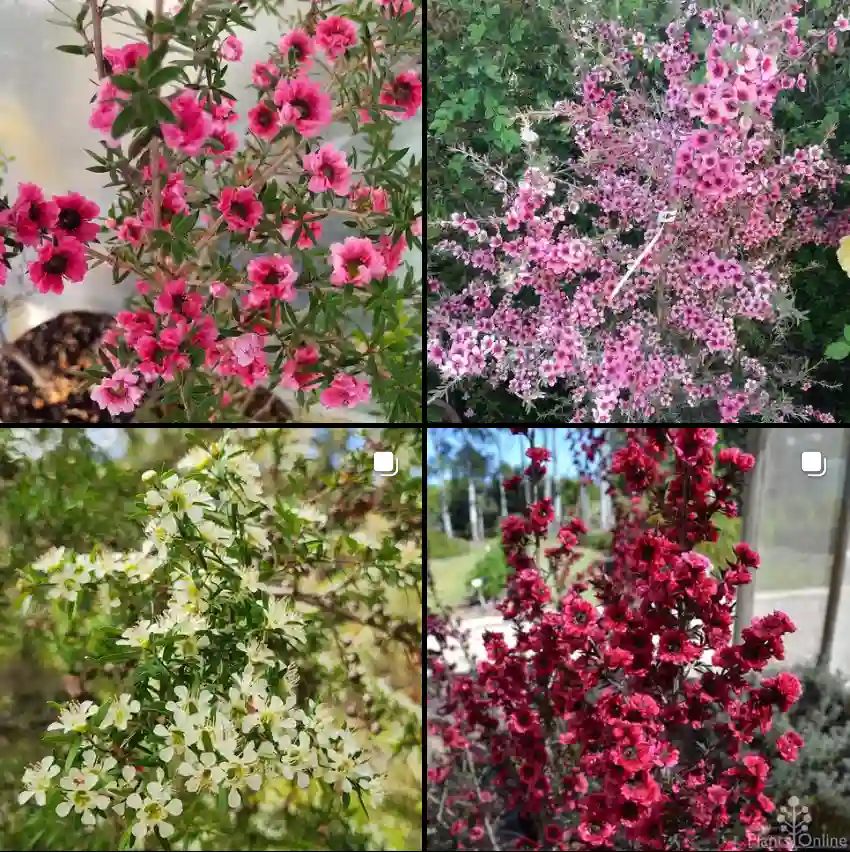FAQs About Heterotheca Subaxillaris
Heterotheca Subaxillaris, commonly known as Camphorweed, is a fascinating plant that I’ve come to appreciate over time. This hardy, drought-tolerant plant offers numerous benefits and is a great addition to wildflower gardens, particularly if you live in a dry or arid region. In this article, I will cover some frequently asked questions about this plant, including its care, propagation, benefits, and common issues.
Plant Family: 1720 Genera in Asteraceae
What Is Heterotheca Subaxillaris?
Heterotheca Subaxillaris is a member of the Asteraceae family, commonly known as Camphorweed. This plant is native to North America, particularly in the southern and central parts of the United States. It’s an annual or short-lived perennial that grows in dry, disturbed areas like roadsides, fields, and grasslands.
One of the standout features of this plant is its fragrant foliage, which releases a camphor-like scent when crushed. It blooms with small, bright yellow daisy-like flowers that attract pollinators such as bees and butterflies. The blooms appear from late summer into fall, adding a splash of color to any garden.
How to Care for Heterotheca Subaxillaris?
Caring for Heterotheca Subaxillaris is straightforward, which is why I love incorporating it into my garden. It thrives in well-draining soil and requires full sun to flourish. Since it’s drought-tolerant, you don’t have to worry about watering it frequently. In fact, this plant prefers dry conditions and may struggle in overly moist environments.
Here are the key care tips:
- Sunlight: Full sun is ideal for Camphorweed. It needs at least six hours of direct sunlight each day to bloom properly.
- Soil: Ensure the soil is well-draining. Sandy or rocky soils are perfect, making it a great plant for xeriscaping.
- Watering: Once established, it requires minimal watering. Only water during prolonged dry spells.
- Pruning: Prune spent flowers to encourage more blooms and maintain a neat appearance.
- Fertilizer: There’s no need for fertilizers. The plant is adapted to nutrient-poor soils.
How to Propagate Heterotheca Subaxillaris?
Propagating Heterotheca Subaxillaris is simple, mainly through seeds. Here’s what works for me:
- Collect seeds: After the flowering season, collect seeds from the dried flower heads. Let them air-dry before storage.
- Direct sowing: In early spring, sow the seeds directly into the garden. Scatter them on the soil surface and lightly press them down. They need sunlight to germinate.
- Watering: Keep the soil slightly moist until the seeds germinate, which should take a week or two.
This plant is self-seeding, so once it’s established, it will likely return year after year without much intervention.
What to Plant With Heterotheca Subaxillaris?
Camphorweed pairs well with other drought-tolerant plants. I like to combine it with native grasses such as Blue Grama or Little Bluestem, as well as other wildflowers like Echinacea, Rudbeckia, and Coreopsis. These companions complement the yellow blooms and help create a vibrant, low-maintenance garden.
Is Heterotheca Subaxillaris Toxic?
One of the things I appreciate about Heterotheca Subaxillaris is that it’s non-toxic to both humans and pets. This makes it a safe choice for households with children or animals. Despite its strong scent, it’s perfectly harmless if touched or ingested in small amounts.
Benefits of Growing Heterotheca Subaxillaris
Heterotheca Subaxillaris offers several ecological benefits, which is why I recommend it for any garden, especially if you’re looking to support wildlife:
- Pollinator attractor: The bright yellow flowers are a magnet for bees, butterflies, and other beneficial insects.
- Drought resistance: Its ability to thrive in dry conditions makes it a great plant for water-wise gardens.
- Erosion control: Since it grows well in disturbed or sandy soils, it helps to stabilize soil and prevent erosion.
- Low-maintenance: Once established, it requires minimal care, making it ideal for low-maintenance gardening.
Common Problems With Heterotheca Subaxillaris
Although Camphorweed is a hardy plant, it’s not entirely without issues. Here’s what I’ve observed:
- Overwatering: The most common problem is overwatering. If the soil stays too wet, it can lead to root rot, which will kill the plant.
- Invasive potential: While not classified as invasive in most areas, its self-seeding nature can cause it to spread more than you might like. Regular deadheading can help control this.
- Pests: Generally pest-free, although I’ve occasionally seen aphids. These can be managed with insecticidal soap or by encouraging beneficial insects like ladybugs.
Compare Heterotheca Subaxillaris With Other Similar Plants
Heterotheca Subaxillaris can sometimes be confused with other yellow-flowered plants like Solidago (Goldenrod) or Chrysopsis (Golden Aster). While all three are members of the Aster family, there are some differences:
- Heterotheca Subaxillaris: Has fragrant, camphor-scented leaves and blooms later in the season.
- Solidago: Blooms earlier in summer and typically forms denser, more compact clusters of flowers.
- Chrysopsis: Tends to have a more delicate, fine-leaved appearance compared to the coarse leaves of Heterotheca.
Understanding these differences helps to identify which plant is best suited for your landscape.
Conclusion
Heterotheca Subaxillaris is a wonderful plant for those who want a low-maintenance, drought-tolerant, and wildlife-friendly garden. Its bright yellow blooms, fragrant foliage, and resilience make it an excellent addition to any outdoor space. Whether you’re looking to support pollinators or simply add some color to a dry, sunny spot, Camphorweed is a fantastic option. Plus, with its easy care and propagation, you’ll have no trouble enjoying it for years to come.
If i die, water my plants!



